Exploring Non-Surgical Treatments for Spine-Related Conditions
November 20, 2025
9 min

Understanding Holistic Musculoskeletal Health in Spine Care
Definition of holistic musculoskeletal health
Holistic musculoskeletal health focuses on treating the body as an interconnected system, rather than addressing isolated symptoms. It emphasizes natural healing and balance, integrating physical, nutritional, and lifestyle components to support spine health and overall well-being. This approach aims to relieve pain, improve mobility, and restore function through non-invasive, patient-centered care.
Importance of integrated care for spine-related conditions
Spine-related conditions often involve complex factors like nerve compression, inflammation, and muscular imbalance. Integrated care combines chiropractic adjustments, physical therapy, nutritional counseling, and lifestyle modifications to address these causes comprehensively. This method minimizes reliance on surgery or medications, promotes faster recovery, and sustains long-term spinal health.
Overview of Back in Action Bodyworks’ holistic approach
Back in Action Bodyworks in Torrance, California, exemplifies holistic musculoskeletal care by blending advanced chiropractic techniques with personalized rehabilitation exercises. Their treatment includes spinal decompression, nerve support, corrective exercises, and nutritional guidance. The clinic also emphasizes patient education and ergonomic counseling, ensuring patients adopt healthier habits for lasting spine health. This holistic strategy reflects a commitment to natural pain relief and integrated therapies tailored to each individual’s needs.
Diverse Non-Surgical Treatment Options for Spine-Related Conditions

What are common physical therapy and core strengthening exercises?
Physical therapy is fundamental for managing spine-related conditions non-surgically. It includes tailored exercises to strengthen the core and supportive musculature, which helps stabilize the spine and reduce pain. Stretching and flexibility routines improve posture and ease tension around the spine. Aerobic conditioning enhances overall circulation and healing. Interventions may integrate manual therapy techniques, such as massage and mobilizations, to reduce inflammation and promote spinal relaxation. For more information, see Physical therapy for back pain and Core to Floor therapy benefits.
How do injection therapies like epidural, facet injections, and nerve blocks work?
Injection therapies provide targeted relief by delivering medication directly to affected sites. Epidural steroid injections reduce inflammation around nerve roots, alleviating pain typically from conditions like spinal stenosis or herniated discs. Facet joint injections and radiofrequency ablations target specific joints to ease osteoarthritis-related pain and decrease nerve irritation. Nerve blocks use anesthetics to interrupt pain signals temporarily, supporting physical therapy and rehabilitation efforts. These injections are relatively safe and can offer relief lasting from days to months, often requiring repeat sessions for sustained benefit. Learn more about Epidural injections for inflammation and Epidural Corticosteroid Injections.
What is spinal decompression therapy and how do radiofrequency techniques help?
Spinal decompression therapy uses controlled, gentle traction to stretch the spine, relieving pressure on discs and nerves. This non-invasive treatment encourages healing by improving nutrient flow into damaged discs, helping conditions like bulging discs, sciatica, and stenosis. Sessions are painless and typically last 20–30 minutes. Radiofrequency ablation employs thermal energy to disrupt nerve fibers conveying pain signals, effectively reducing chronic back or facet joint pain. Both therapies are valuable adjuncts to comprehensive care plans aimed at restoring function and reducing reliance on surgery. For details, refer to Spinal Decompression Therapy and Radiofrequency and magnetic field therapy.
How do reactive muscle stimulation and regenerative medicine contribute?
Reactive muscle stimulation applies electrical impulses to alternately contract and relax muscles, enhancing muscular stability and mobility. This therapy helps conditions involving nerve compression, herniated discs, and sciatica by reactivating inhibited muscles and improving biomechanical support of the spine. Regenerative medicine, including treatments with mesenchymal stem cells, promotes tissue repair and reduces inflammation, facilitating natural healing processes without invasive procedures. Integrating these advanced therapies with physical and chiropractic care optimizes outcomes for patients. See Reactive8 muscle stimulation and Regenerative medicine for spine health.
What lifestyle recommendations might be made by a chiropractor to support holistic musculoskeletal health?
Chiropractors typically encourage maintaining an active lifestyle incorporating moderate aerobic activity and resistance or flexibility exercises like yoga. Ergonomic adjustments at work and home, proper nutrition emphasizing bone and tissue health, and hydration are advised. Stress management through mindfulness and relaxation aids muscle tension reduction. Regular warm-ups, stretching, and attentive rest breaks help prevent injury and sustain musculoskeletal function, supporting overall spine health in a holistic way. Additional insights are available at Holistic treatment for back pain and Chiropractic care in Torrance.
The Role of Chiropractic Care and Complementary Therapies in Spine Health

Spinal adjustments and postural corrections
Chiropractic care primarily focuses on spinal adjustments aimed at correcting misalignments and improving spinal function. These adjustments help restore proper nerve flow and reduce pain or discomfort caused by spinal issues. Postural evaluations allow practitioners to identify poor habits and asymmetries contributing to spinal stress, guiding corrective exercises for lasting benefits.
How do soft tissue therapies complement chiropractic adjustments in musculoskeletal wellness?
Soft tissue therapies like massage, myofascial release, and trigger point therapy play a vital role alongside chiropractic adjustments. They target muscles, tendons, and ligaments supporting the spine, helping to relax tight muscles, improve blood circulation, and reduce inflammation. These therapies break down scar tissue and ease muscle spasms, enhancing joint mobility. Combining them with spinal adjustments provides a comprehensive approach, accelerating pain relief and promoting overall musculoskeletal balance.
Lifestyle coaching and ergonomic advice
Lifestyle guidance is an integral service in holistic chiropractic care. Patients receive coaching on maintaining proper posture during work and daily activities, ergonomic setups to reduce spinal stress, and activity pacing to avoid overexertion. These personalized recommendations help protect spinal health and prevent recurrence of pain or injury. For more on activity coaching for posture and ergonomic recommendations, see our detailed resource.
Nutritional counseling and its impact on musculoskeletal health
Nutritional counseling complements physical treatments by addressing systemic influences on spine health. Proper nutrition supports tissue repair, reduces inflammation, and maintains healthy muscle and bone function. Counselors may recommend diets rich in lean proteins, fruits, vegetables, and essential supplements tailored to individual needs, assisting in pain management and long-term wellness. Discover more about nutritional counseling for spine health.
What services are typically offered by chiropractic practices focused on holistic wellness?
Holistic chiropractic practices offer diverse services beyond spinal adjustments, including acupuncture, massage therapy, cupping, stretch therapy, and active release techniques. They emphasize patient education, targeted physical therapy, and customized exercise programs. This integrative care approach addresses common spine and musculoskeletal complaints, while fostering overall physical and mental well-being for patients. Learn about holistic musculoskeletal care in Torrance and the Back in Action Bodyworks chiropractic practice for more details.
Together, these chiropractic and complementary therapies provide a patient-centered, holistic framework that encourages natural healing and sustained spine health. For additional insights on non-invasive spine treatments and effective spine pain treatments, consider reviewing those resources.
Personalized Approaches in Chiropractic Care Enhance Outcomes

How important is personalized treatment in chiropractic care for holistic wellness?
Personalized treatment is crucial in chiropractic care as it targets each patient's unique musculoskeletal challenges, lifestyle, and overall health goals. Clinics like Back in Action Bodyworks in Torrance, California craft individualized care plans that include tailored spinal adjustments, specific rehabilitation exercises, and lifestyle advice. This patient-centered approach promotes faster recovery and improved outcomes by respecting the nuances of each person's body and daily routine. Such customization not only enhances physical healing but also deepens the patient-clinician collaboration, boosting satisfaction and ongoing wellness.
What qualifications should a chiropractor have to provide holistic musculoskeletal health services?
A qualified chiropractor must possess a valid state license, which involves completing an accredited Doctor of Chiropractic (D.C.) degree and passing the National Board of Chiropractic Examiners (NBCE) exams. Comprehensive education in anatomy, biomechanics, and clinical skills is essential, often supplemented by specialized postgraduate certifications in areas like orthopedics or neurology. Continuing education keeps practitioners informed of the latest holistic methods. Ensuring your chiropractor meets these rigorous standards assures safe, integrative, and expert musculoskeletal care.
Assessment of patient history and lifestyle
Understanding a patient’s medical history and lifestyle is a foundational step. It enables chiropractors to identify specific causes of pain or dysfunction and incorporate relevant factors such as work habits, physical activity, and nutrition. This thorough assessment informs the development of targeted treatments that align with the patient’s everyday life, as seen in Back in Action Bodyworks chiropractic practice.
Customized rehabilitation exercises and education
Chiropractic care extends beyond adjustments to include personalized rehabilitation exercises focused on strengthening supportive muscles and correcting movement patterns. Additionally, educating patients on ergonomic practices and lifestyle modifications empowers them to maintain spinal health independently, reducing the risk of future problems. These care strategies are part of Back in Action Bodyworks therapies.
Impact on recovery speed and patient satisfaction
Personalized care plans result in more efficient healing with fewer complications or setbacks. Patients tend to experience significant reductions in pain and enhancements in mobility sooner, which increases their confidence and satisfaction with treatment. This tailored approach fosters long-term wellness rather than temporary relief, aligning with holistic health principles that emphasize sustained patient-centered care as highlighted in holistic musculoskeletal care in Torrance.
Integrating Advanced Non-Surgical Technologies and Techniques

Use of Spinal decompression therapy and Motorized Traction
Spinal decompression therapy is a leading non-invasive treatment that gently stretches the spine using motorized traction. This helps relieve pressure on herniated or bulging discs and sciatic nerves by creating negative pressure, allowing discs to rehydrate and reduce nerve irritation. Therapies like SpineMED® and decompression tables used in clinics such as Uemura Chiropractic in Torrance provide painless sessions typically lasting 20 to 30 minutes, promoting natural healing and improved mobility.
Radiofrequency Ablation and Facet Injections for Pain Relief
Radiofrequency ablation and facet injections target inflamed facet joints that contribute to chronic back pain, especially in conditions such as osteoarthritis and lumbar spinal stenosis. By delivering anesthetics or using radiofrequency energy, these therapies reduce inflammation and offer sustained pain relief. These minimally invasive treatments are often combined with physical therapy to enhance effectiveness.
Electrical Muscle Stimulation and Neuromodulation
Electrical muscle stimulation techniques, including Reactive8 muscle stimulation, use controlled electrical impulses to relax and contract muscles, restoring stability and function. Neuromodulation approaches deliver targeted electrical impulses to nerves, reducing pain signals from affected spinal areas. These methods are particularly effective for nerve-related pain such as sciatica, herniated discs, and chronic back or neck pain.
Regenerative Medicine Including Stem Cell Therapies
Emerging regenerative medicine therapies utilize mesenchymal stem cell therapy for back pain to repair damaged spinal tissues and reduce inflammation naturally. This holistic approach aims to stimulate the body's innate healing capacity, offering potential long-term improvement without surgery. When integrated with traditional chiropractic care and therapeutic exercises, regenerative treatments provide comprehensive care for degenerative disc disease and other spine conditions.
These advanced non-surgical modalities represent a multidisciplinary and patient-centered approach to spine health. By combining technology-driven treatments with manual therapies and lifestyle coaching, clinics in Torrance, California, like Back in Action Bodyworks offer safe, effective, and holistic solutions that address root causes of spine pain, enhance recovery, and improve quality of life.
The Future of Non-Surgical Spine Care: Holistic and Personalized
Integrating Holistic Approaches with Modern Technologies
Modern non-surgical spine care is evolving through the integration of holistic methods and advanced medical technologies. Techniques like spinal decompression, regenerative medicine, and targeted injections are now combined with mindfulness practices, chiropractic adjustments, therapeutic exercise, and nutritional counseling. This blend helps not only to relieve pain but also to promote natural healing and long-term spinal health.
Patient-Centered, Individualized Treatment Plans
Non-surgical care increasingly emphasizes personalized approaches tailored to each patient's unique needs. Experienced providers in centers like Back in Action Bodyworks and Casa Colina focus on customizing therapies such as physical therapy, nerve stimulation, and lifestyle modifications. This individualized care optimizes outcomes by addressing root causes of discomfort rather than providing only symptomatic relief.
Expert Guidance for Optimal Results
Consulting with board-certified specialists trained in pain management, chiropractic medicine, and rehabilitation ensures patients receive comprehensive evaluations and treatment plans. Facilities in Torrance, California, offer advanced diagnostics and multidisciplinary treatments that prioritize patient comfort and recovery, leading to safer and more effective spine care.
Enhancing Quality of Life Through Holistic Care
Combining these modalities not only improves pain and mobility but also supports mental and emotional well-being. Patients experience fewer complications, quicker recoveries, and improved overall function, contributing to better long-term musculoskeletal health and a more active lifestyle. This future-focused model of spine care truly embodies a holistic, patient-centered philosophy.
Recent articles
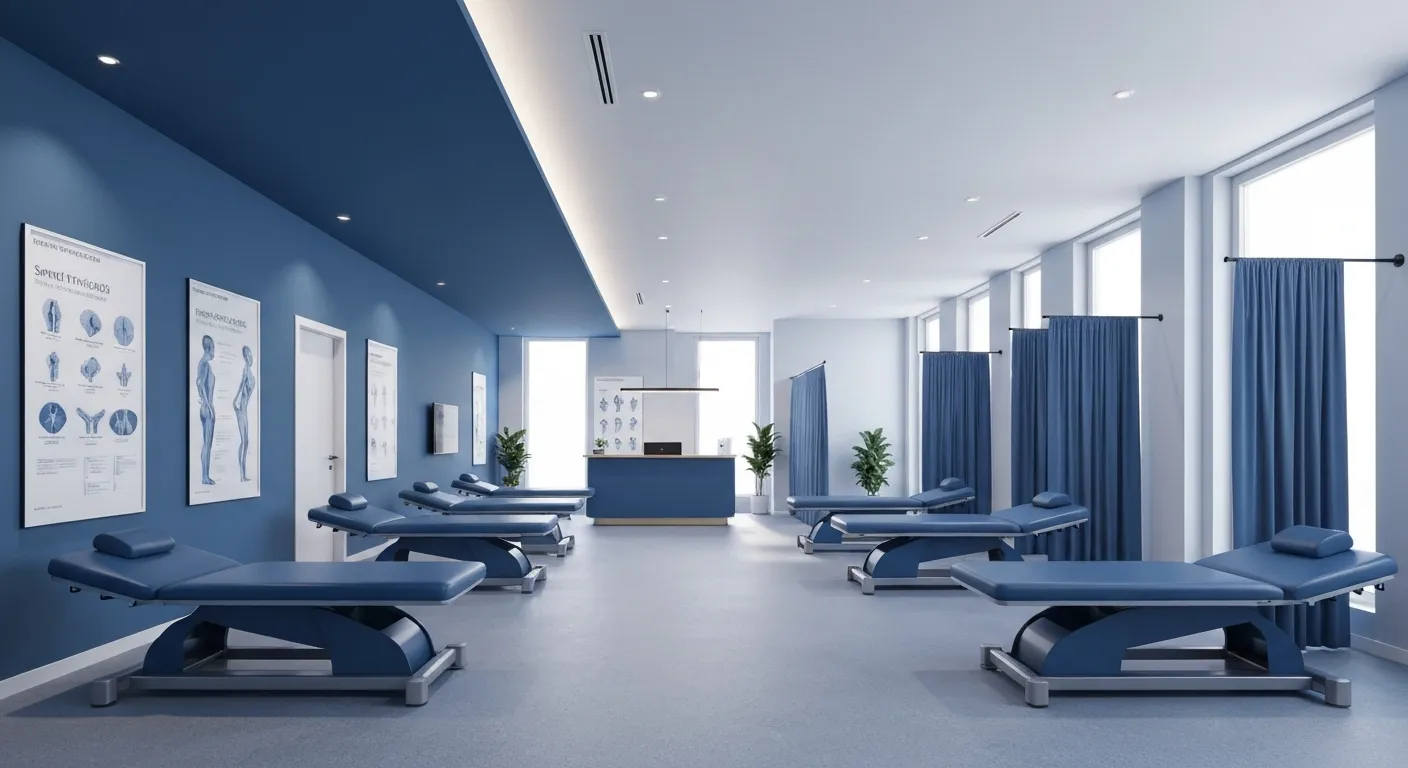
Simple Lifestyle Adjustments to Maintain a Healthy Spine
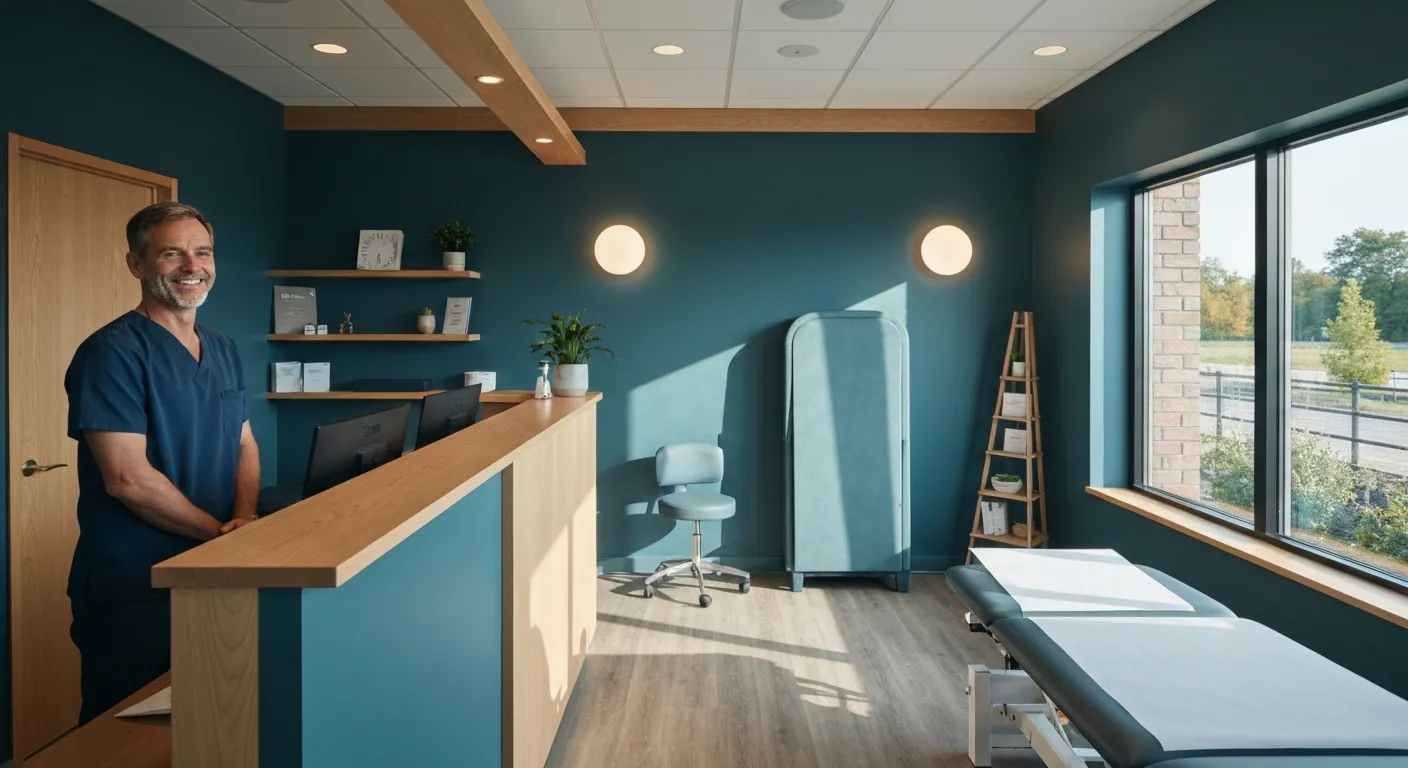
Personalized Nutritional Counseling for Improved Health Outcomes

Exploring Non-Surgical Treatments for Spine-Related Conditions
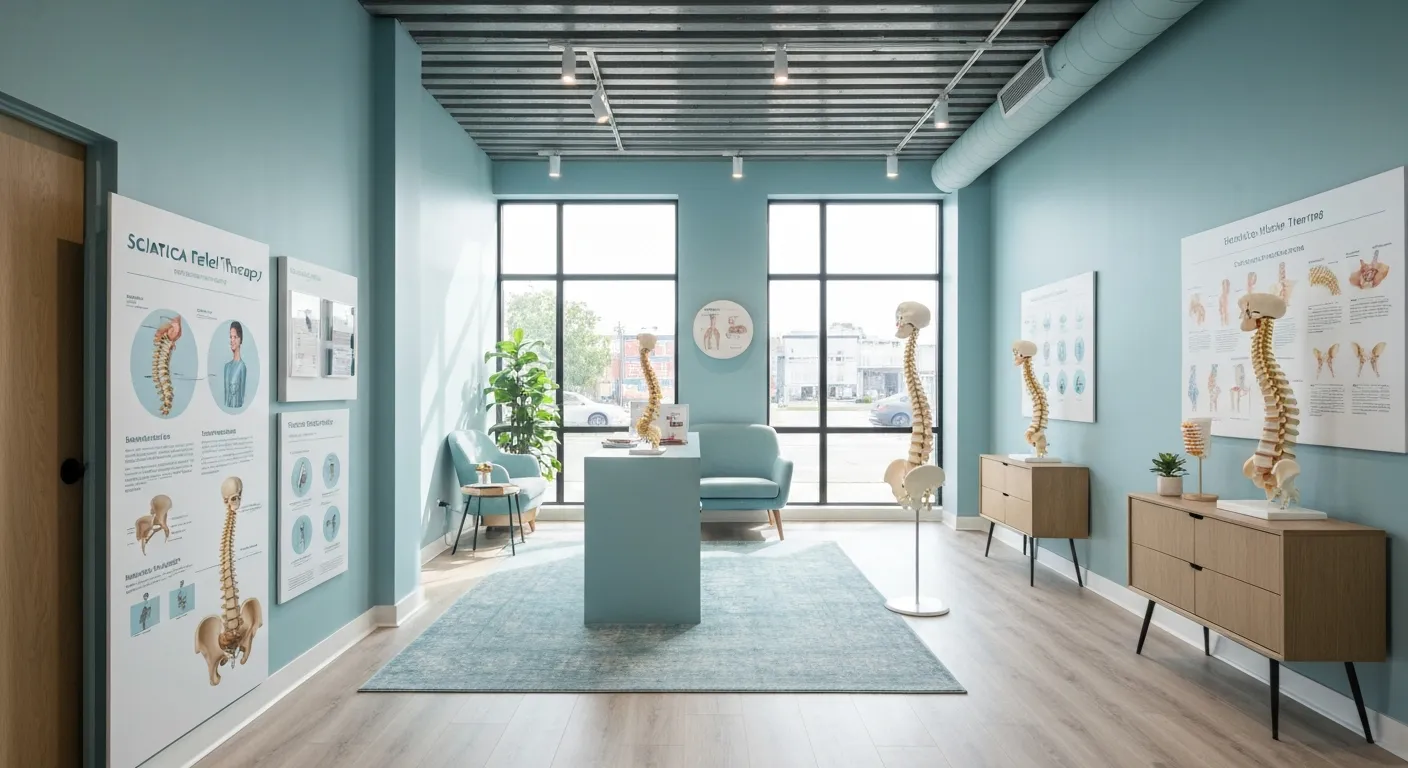
An Introduction to Spinal Decompression for Sciatica Patients
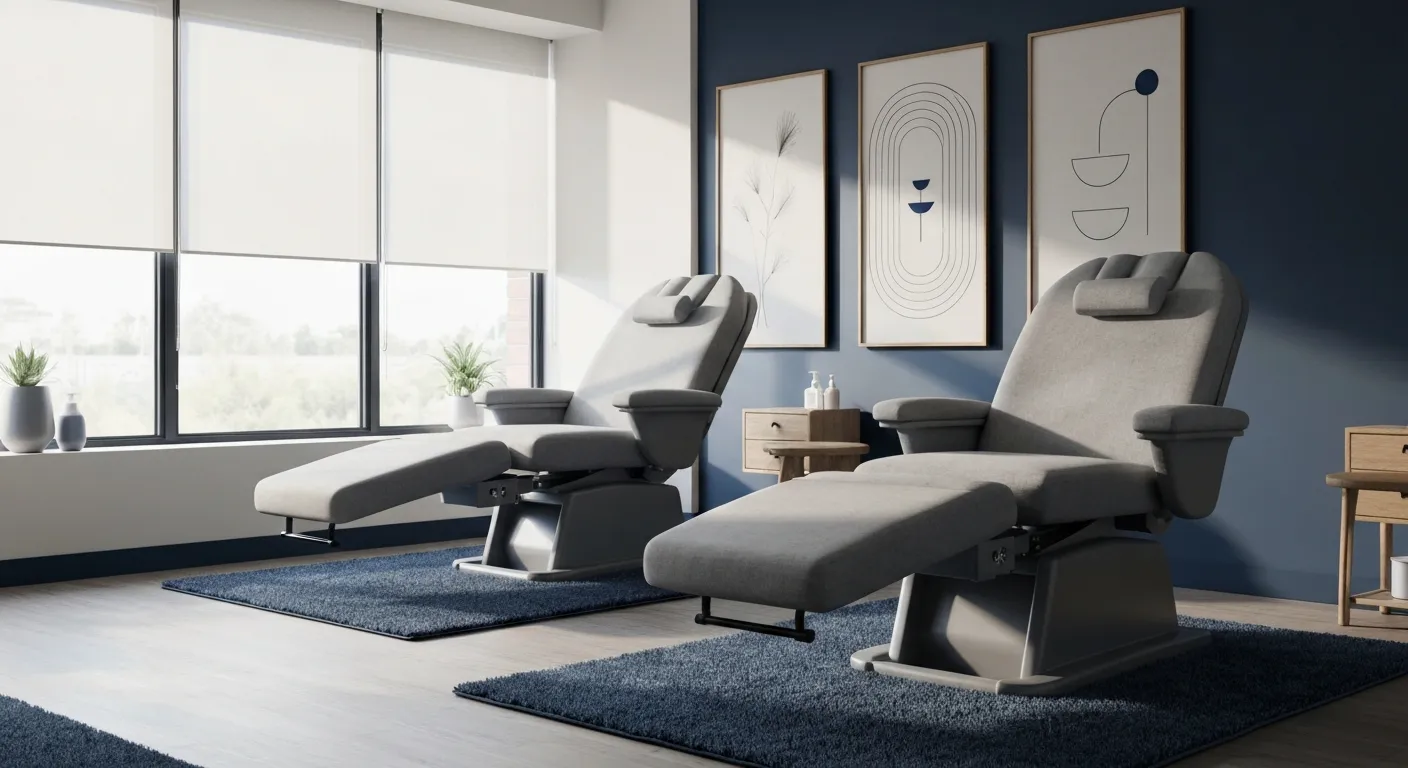
Transformative Success Stories: Patient Experiences with Chiropractic Treatments
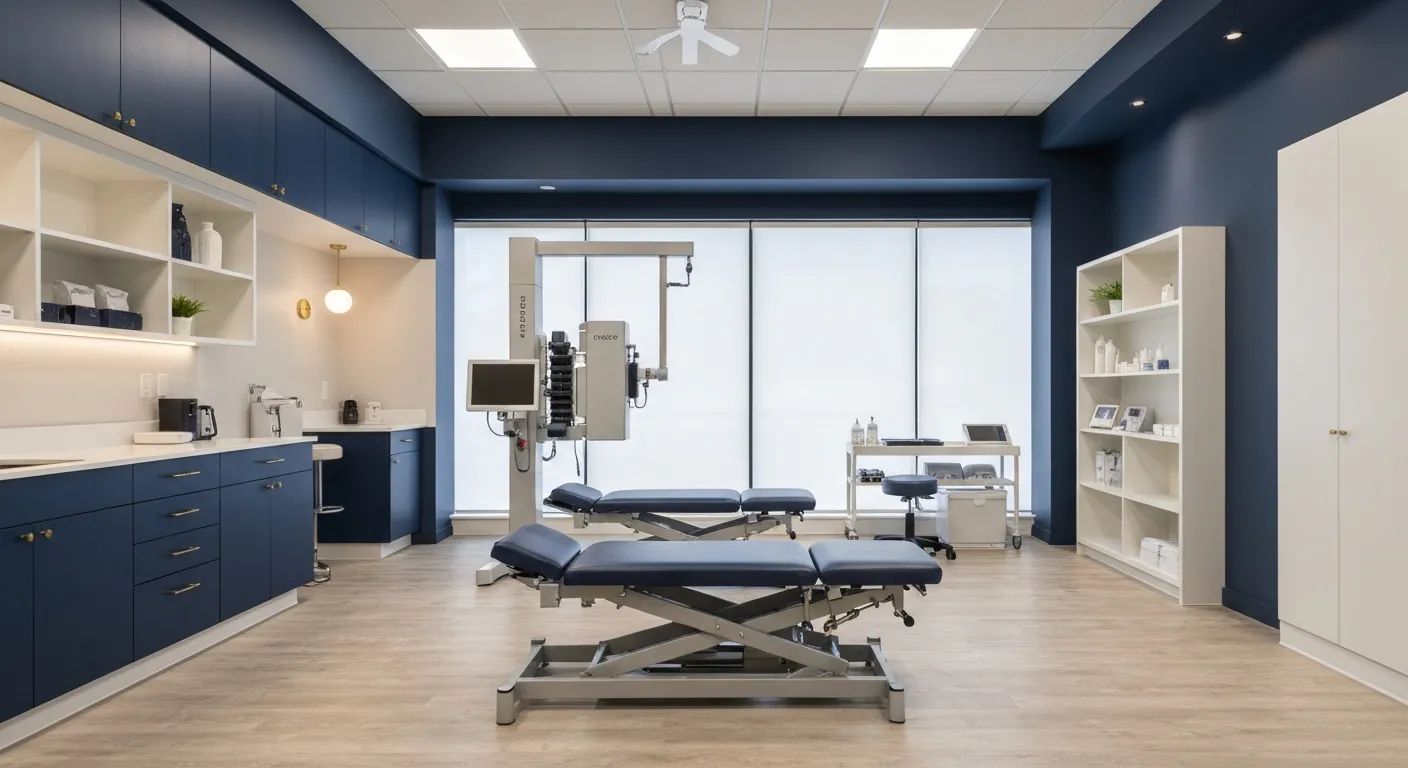
Why Chiropractic Care Is Essential for Back Pain Relief

Addressing Underlying Causes Versus Symptom Management in Pain Care

The Role of Nutrition in Enhancing Chiropractic Treatment Effectiveness
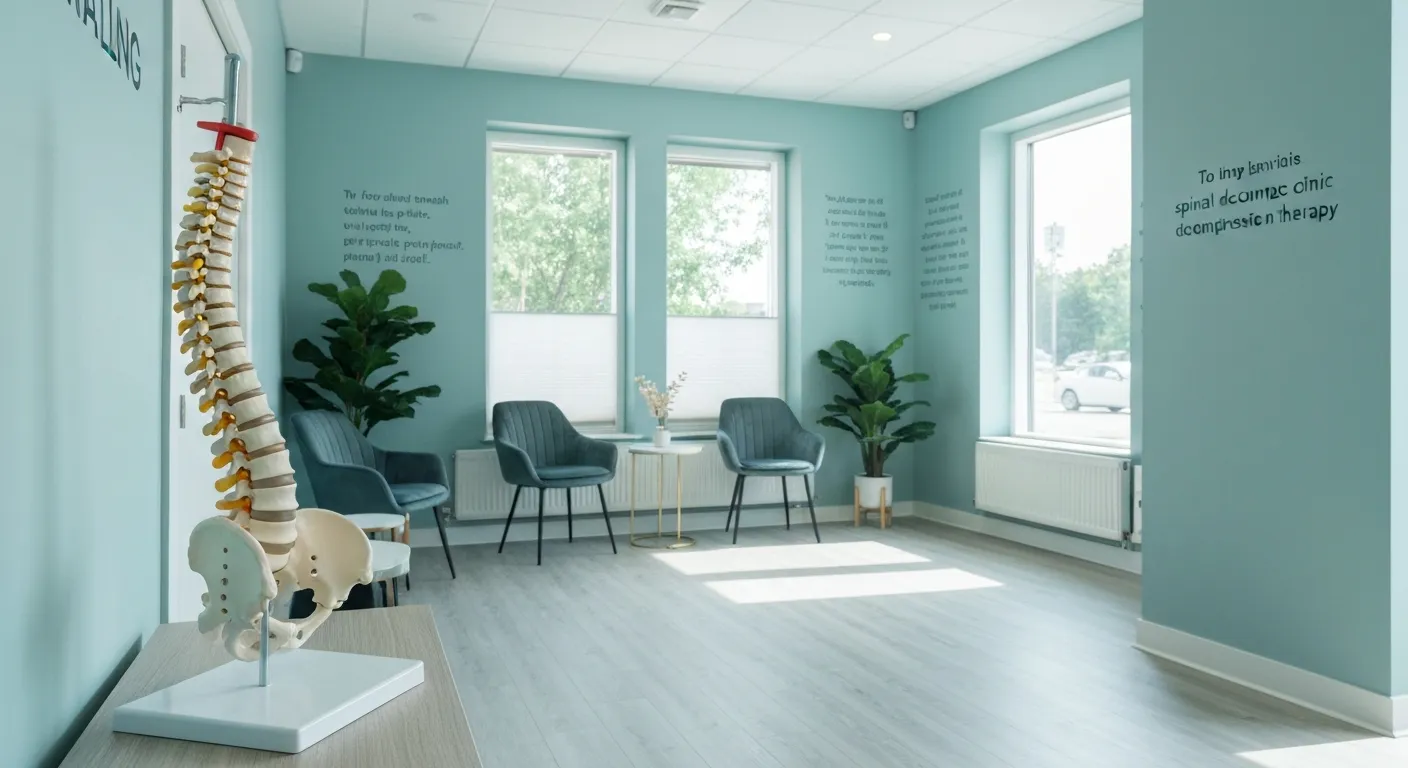
Sciatica Treatment Options: Is Spinal Decompression Right for You?
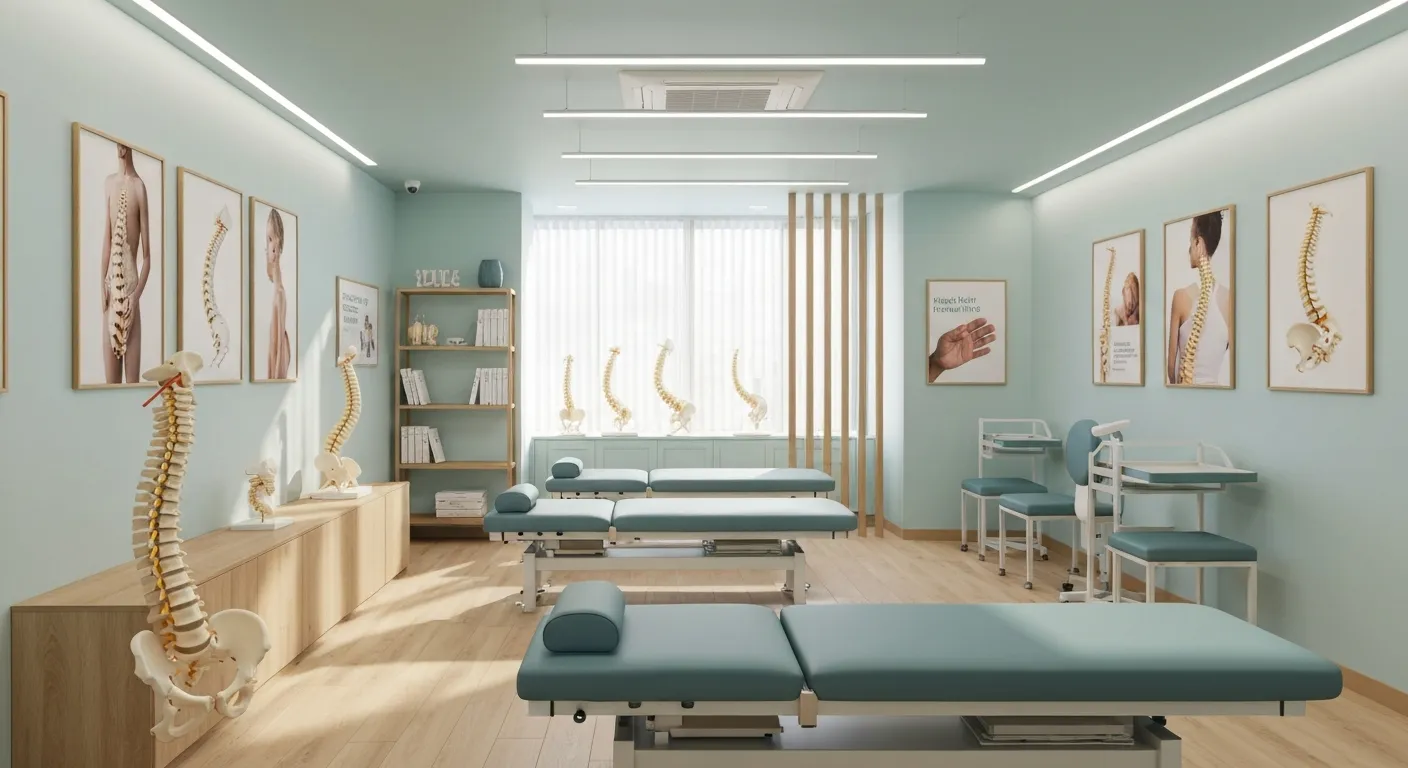
Lifestyle Tips to Maintain a Healthy Spine and Prevent Back Issues
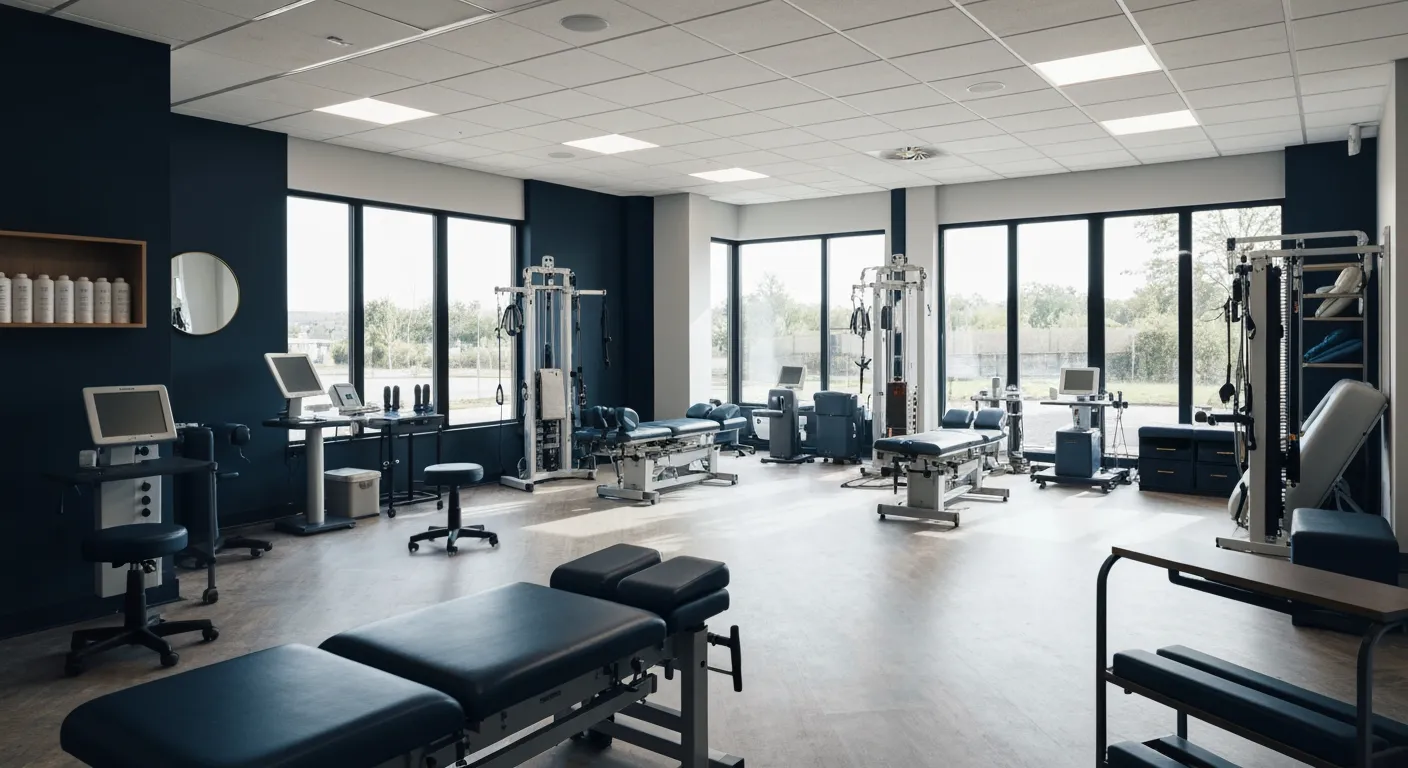
The Synergy Between Physiotherapy and Chiropractic Treatments

What Happens During Your Initial Chiropractic Consultation

Effective Corrective Exercises for Sustainable Pain Management

Taking a Root Cause Approach to Chronic Pain Management

Holistic Pain Management Techniques Without Surgery

How Patient Success Stories Validate Chiropractic Care Benefits

Spinal Decompression: Innovative Treatment for Sciatic Nerve Pain

Spinal Decompression Therapy: A Non-Invasive Approach to Sciatica Relief

Exploring Holistic Approaches Beyond Surgery for Pain Relief

Practical Lifestyle Advice to Support a Healthy Spine Every Day

Corrective Exercise Routines Designed for Long-Term Pain Prevention

Real Patient Stories: Overcoming Chronic Pain with Chiropractic Care

Lifestyle Changes That Promote a Healthy Spine and Prevent Injury

How Addressing the Root Cause of Pain Leads to Lasting Relief

Non-Surgical Holistic Therapies to Manage Chronic Pain Effectively

Nutritional Counseling's Impact on Physical Health and Healing

Benefits of Regular Chiropractic Care for a Stronger Back

Your First Chiropractic Visit: What to Expect and How to Prepare

Patient Experiences: How Chiropractic Care Transformed Their Lives

Exploring Holistic, Non-Surgical Options for Pain Management

Combining Physiotherapy with Chiropractic Treatments for Enhanced Recovery

Holistic Treatments That Offer Alternatives to Surgery for Pain Relief

Corrective Exercise Strategies for Long-Term Spine Health

How Physiotherapy Complements Chiropractic Adjustments for Better Outcomes

First-Time Chiropractic Visitors: What You Should Know

Understanding the Importance of Treating Pain at Its Source

Adopting Lifestyle Changes to Support Your Spine's Wellness

Utilizing Physiotherapy to Enhance Chiropractic Treatment Outcomes

The Key Advantages of Chiropractic Care for Back Pain Sufferers

Why Focusing on Root Causes Improves Pain Treatment Success

Corrective Exercises That Promote Lasting Pain Relief and Mobility

Sciatica Relief Through Targeted Spinal Decompression Techniques

Preparing for Your First Chiropractic Appointment with Confidence

Healthy Lifestyle Habits for Maintaining Spinal Alignment

Success Stories Highlighting Chiropractic's Role in Pain Recovery

Top Benefits of Chiropractic Care for Chronic Back Pain

Nutrition Tips to Boost Your Overall Wellness and Recovery

How Chiropractic Care Alleviates Back Pain Naturally

How Nutritional Counseling Supports Overall Wellness and Spine Health

Step-by-Step Guide to Your First Visit with a Chiropractor

Using Nutrition to Support Chiropractic and Overall Wellness

Integrating Physiotherapy in Your Chiropractic Healing Journey

How Physiotherapy Complements Chiropractic Adjustments for Faster Healing

Lifestyle Tips for Maintaining a Healthy Spine and Preventing Back Pain

Heartwarming Patient Testimonials Highlighting Chiropractic Success

How Proper Nutrition Supports Chiropractic and Physiotherapy Treatments

Combining Physiotherapy and Chiropractic Treatments for Optimal Recovery

Why Chiropractic Treatments Are Effective for Managing Back Pain

Choosing a Chiropractor: Tips for Finding a Trusted Provider

Integrating Physiotherapy and Chiropractic: Benefits and What to Expect

How Tailored Corrective Exercises Can Aid in Pain Management

Chiropractic Care: A Proven Solution for Alleviating Back Pain

What to Expect at Your First Chiropractic Visit: A Comprehensive Guide

The Importance of Root Cause Analysis in Effective Pain Management
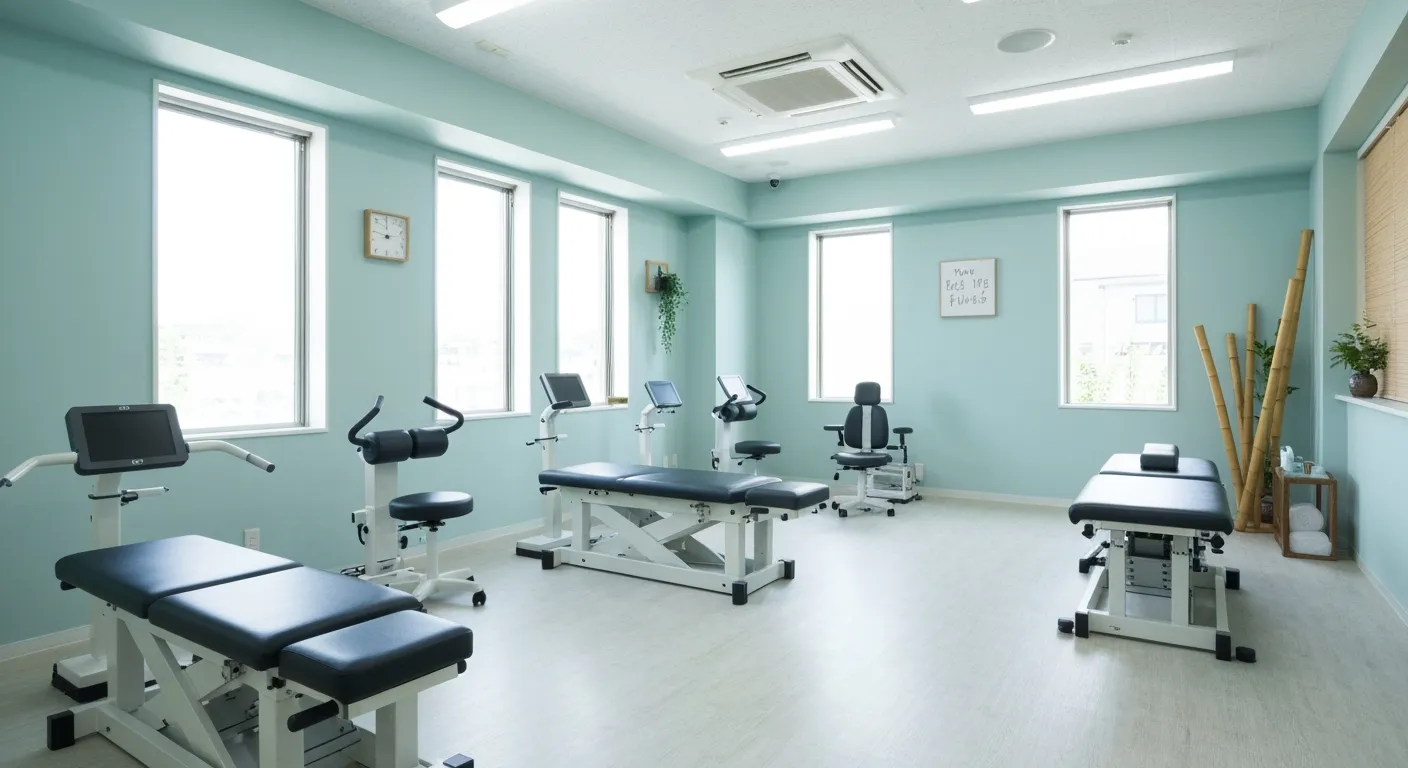
The Role of Corrective Exercises in Sustaining Pain-Free Living

Combining Chiropractic and Physiotherapy for Comprehensive Pain Relief

How Addressing Underlying Causes Improves Pain Treatment Effectiveness

Maintaining Spinal Health Through Lifestyle Changes and Preventive Care
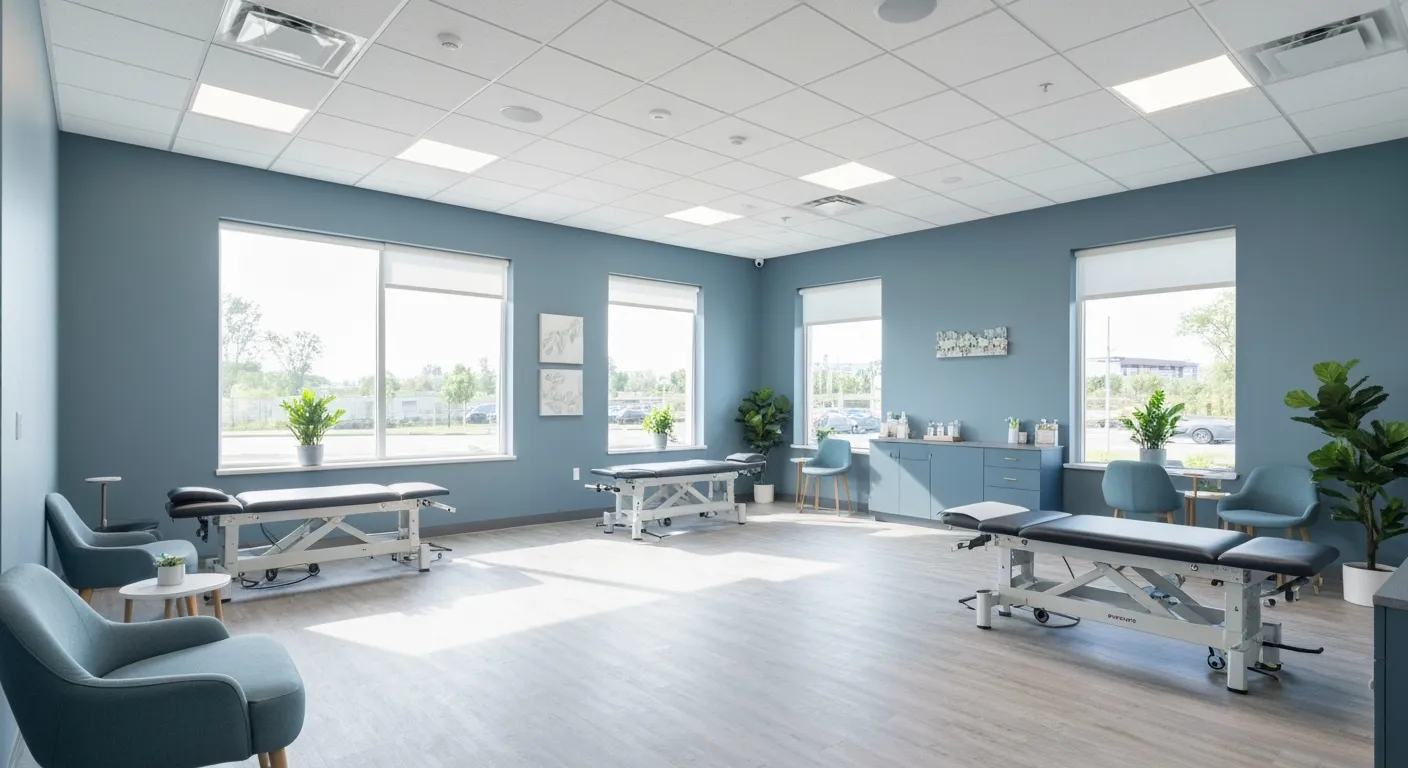
Understanding the Benefits of Chiropractic Adjustments for Back Pain Sufferers

Spinal Decompression Therapy: A New Hope for Sciatica Relief

Lifestyle Recommendations to Support a Healthy Spine and Reduce Pain
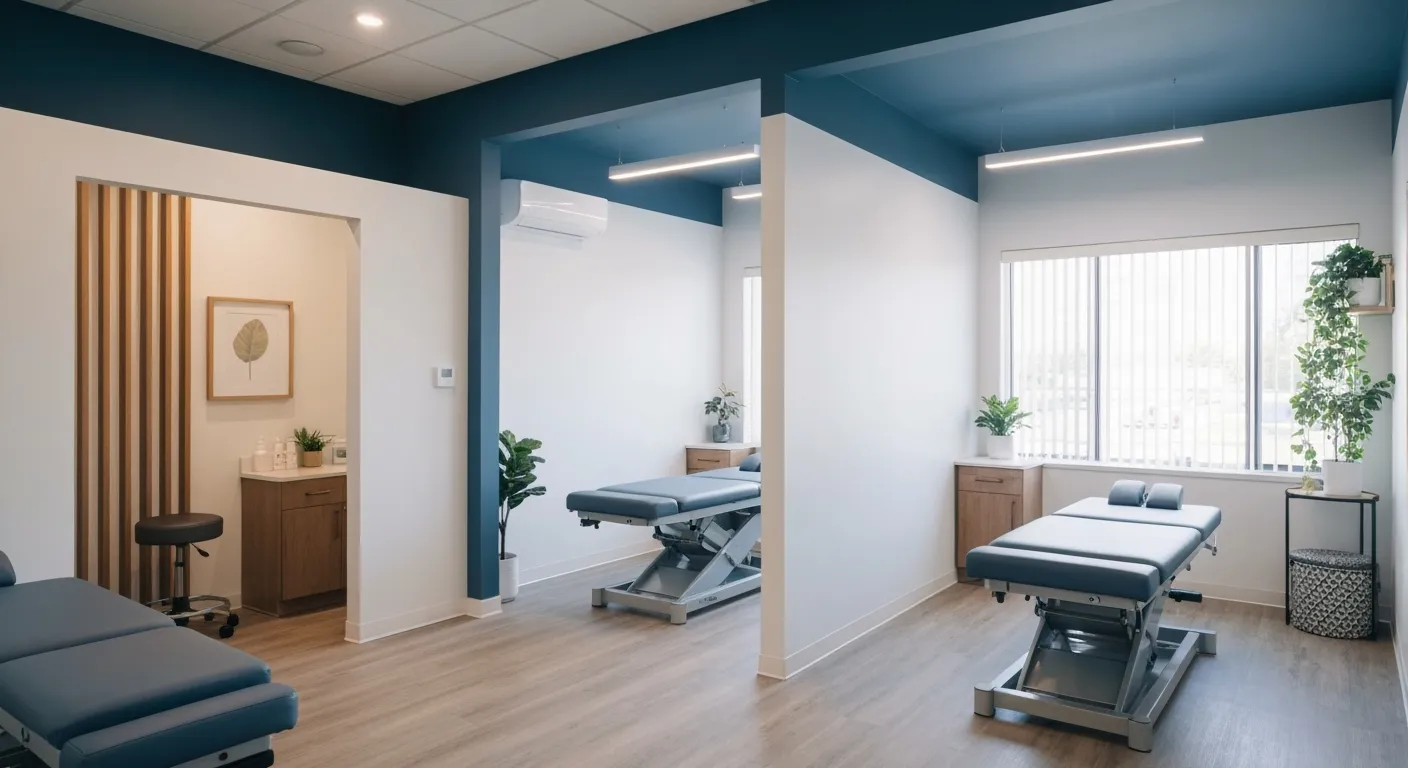
Choosing the Right Chiropractor: Key Factors to Consider Before Your First Appointment

Non-Invasive Treatment Alternatives: A Holistic Approach to Pain Relief

Corrective Exercises to Support Long-Term Relief from Chronic Pain

Exploring Non-Surgical Approaches to Spine Health and Wellness

Tips for Daily Habits That Keep Your Spine Strong

Success Stories: How Chiropractic Treatments Changed Lives

Why Focusing on the Root Cause of Pain Leads to Better Outcomes
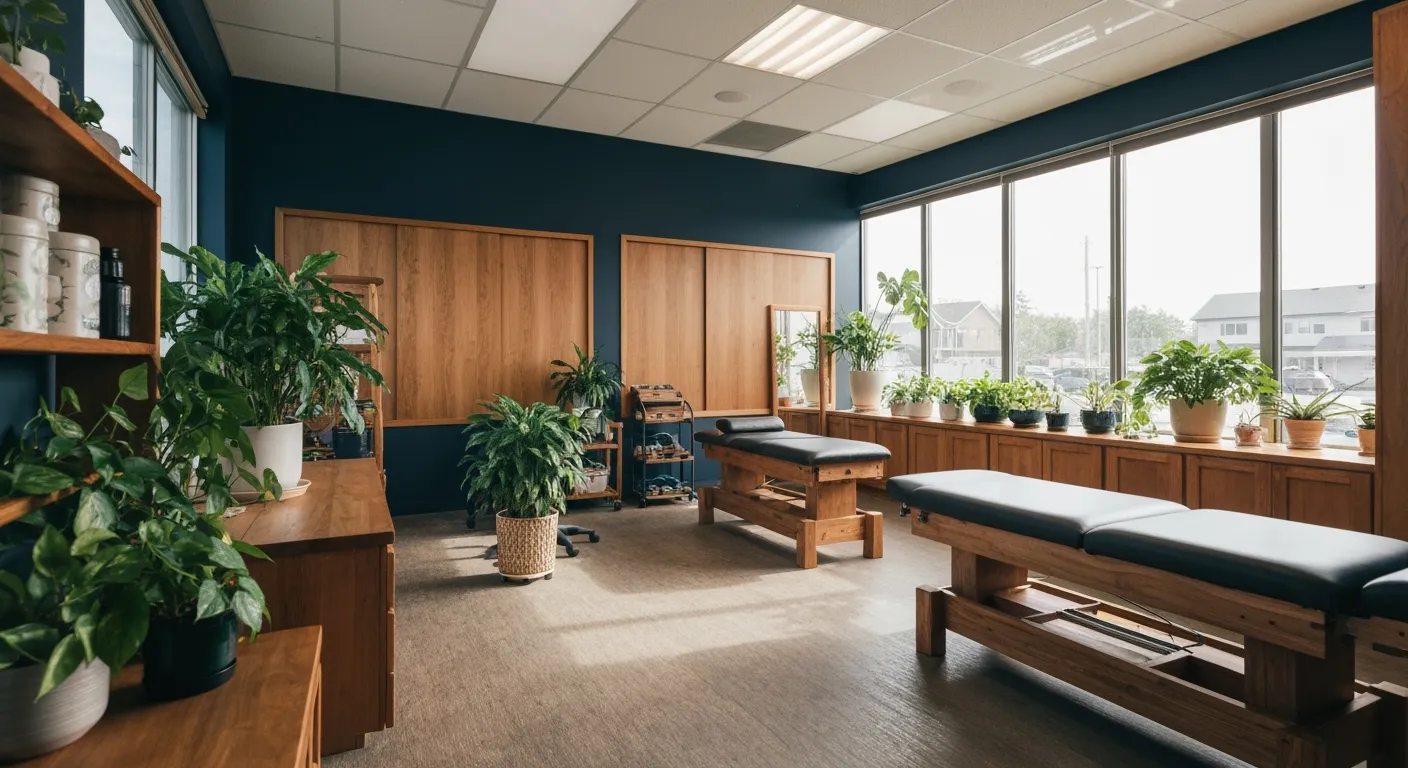
Nutritional Counseling and Its Impact on Overall Wellness and Recovery

Patient Testimonials That Showcase the Power of Chiropractic Care

Preparing for Your First Chiropractic Appointment: What You Need to Know
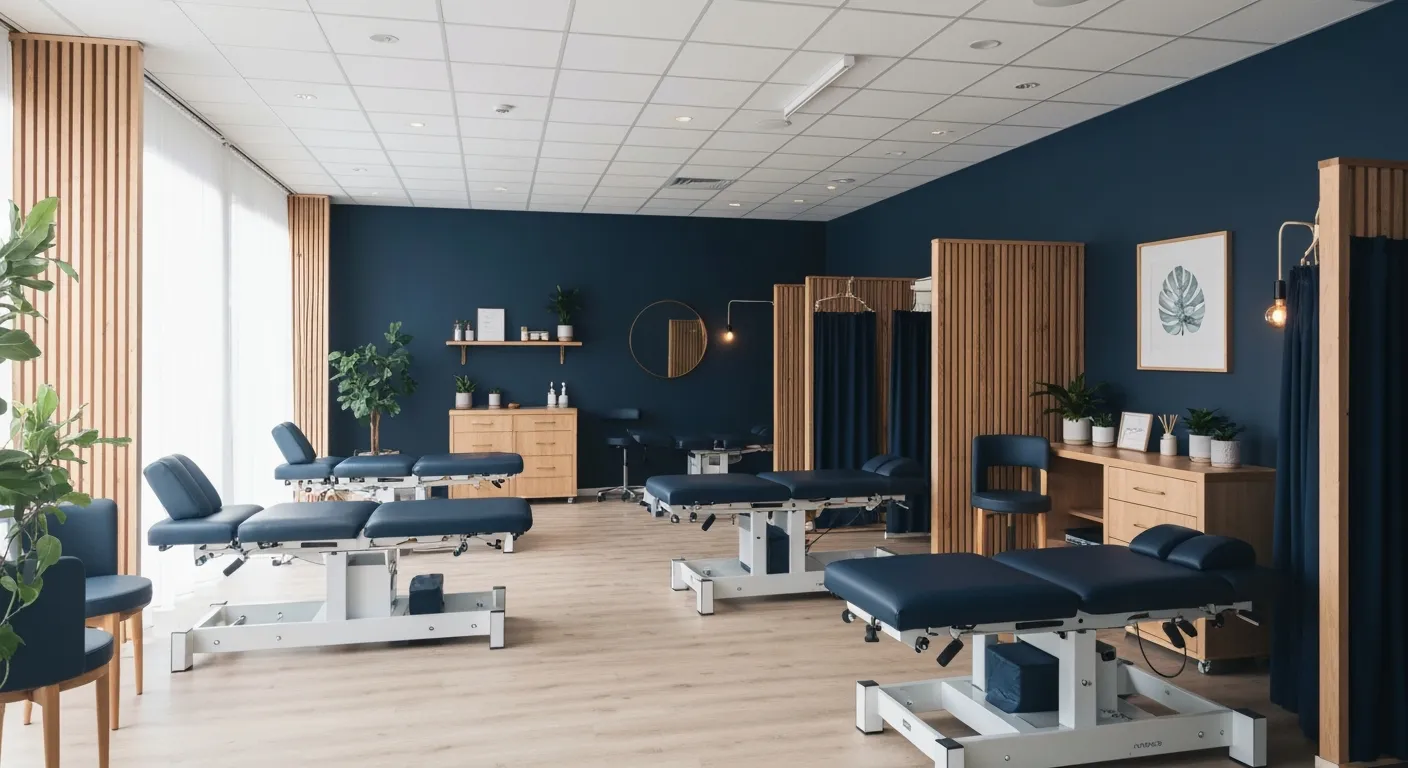
Holistic Treatment Options: Beyond Surgery for Pain Relief

Holistic Pain Relief Methods That Avoid Surgery

Nutritional Strategies for Supporting Spine Health and Recovery
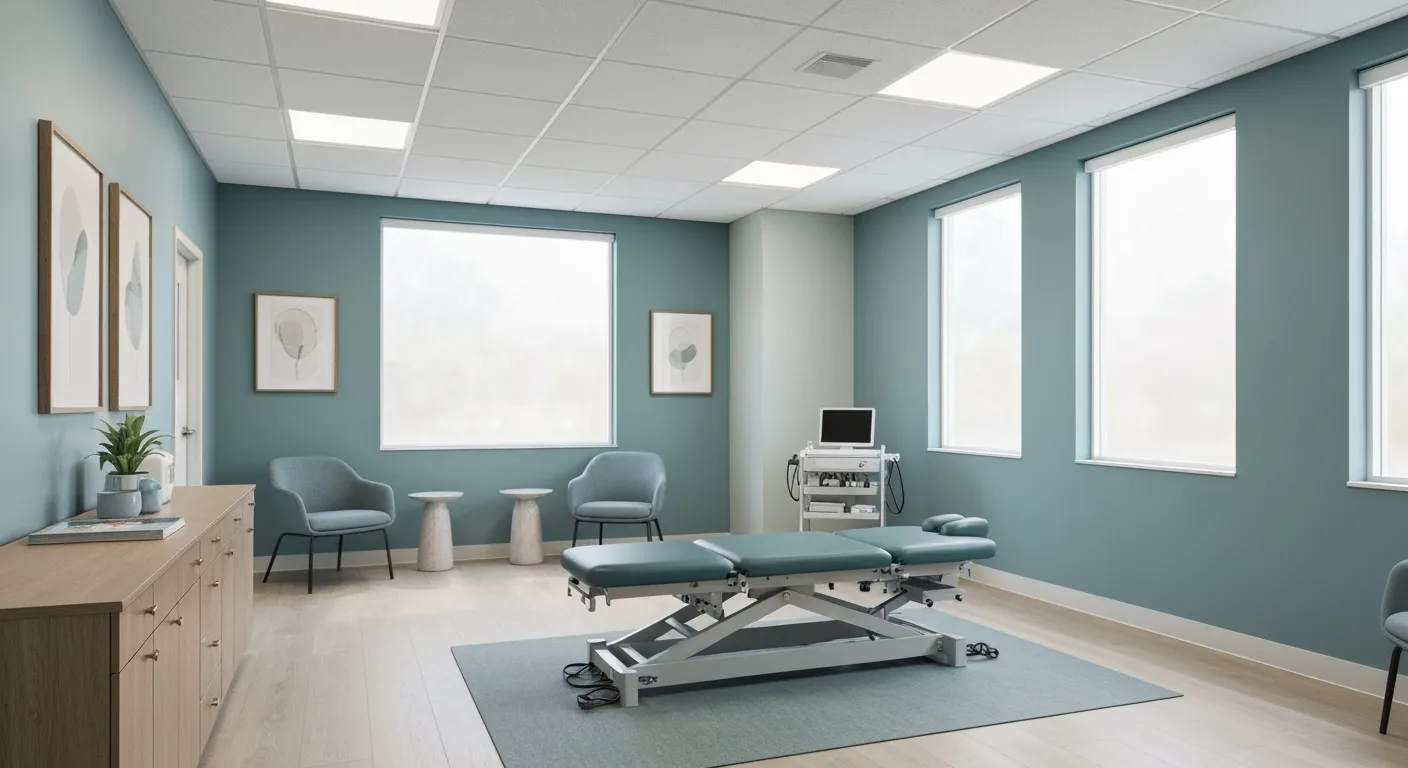
First Chiropractic Visit: What Happens and How to Prepare

Chiropractic Patient Success Stories: Inspiring Journeys to Wellness
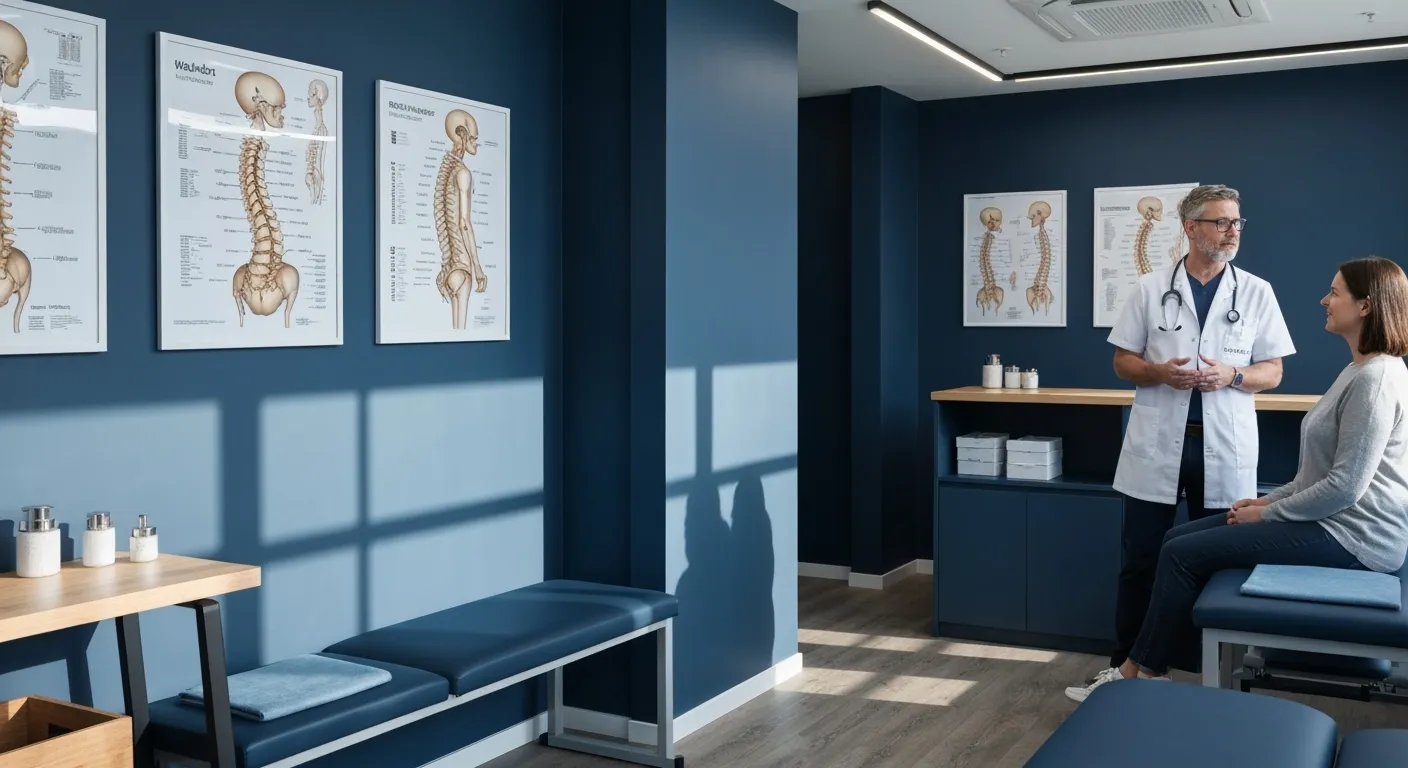
Effectiveness of Spinal Decompression Therapy in Managing Sciatic Nerve Pain

Addressing Pain at Its Source: Why Treating the Root Cause Matters
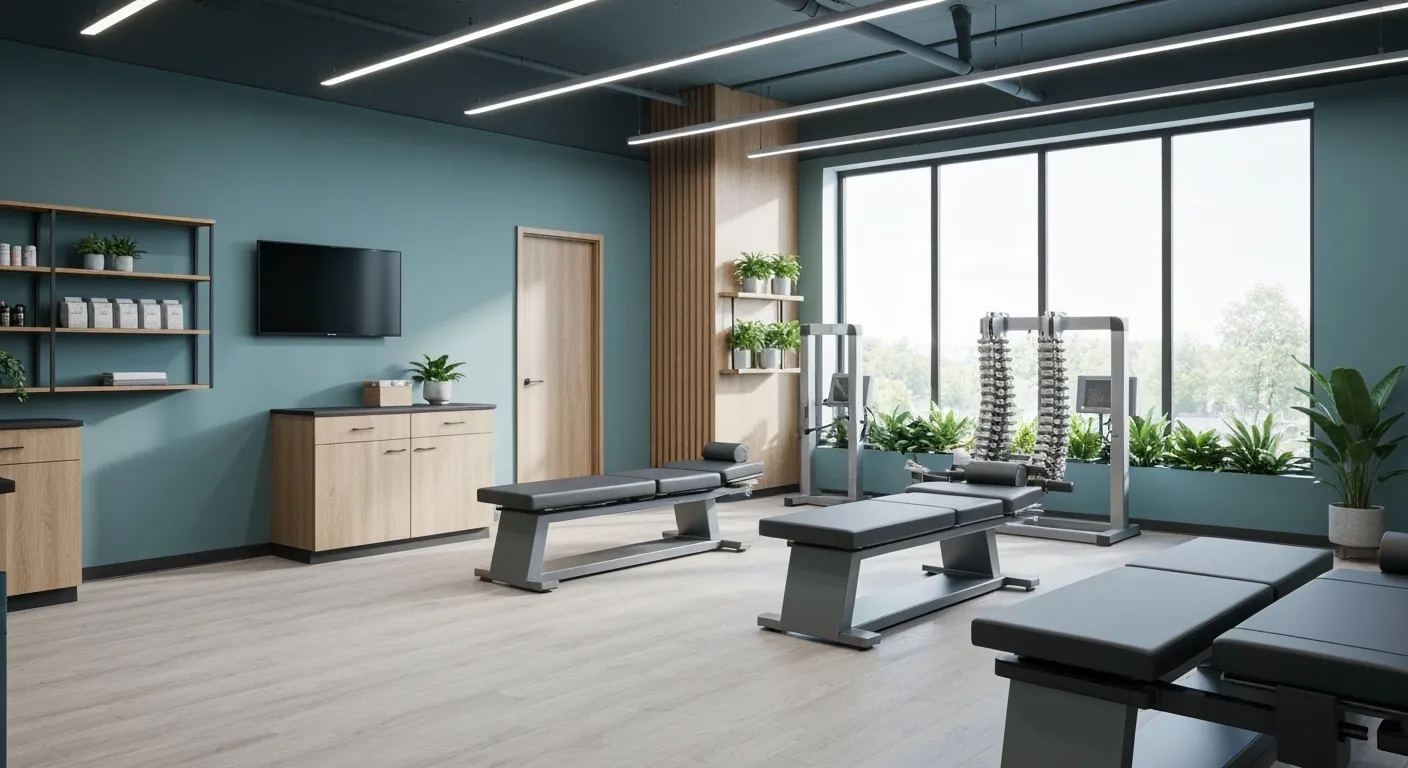
Corrective Exercise Programs Designed for Long-Term Pain Prevention

Healthy Lifestyle Advice for Maintaining Spinal Alignment
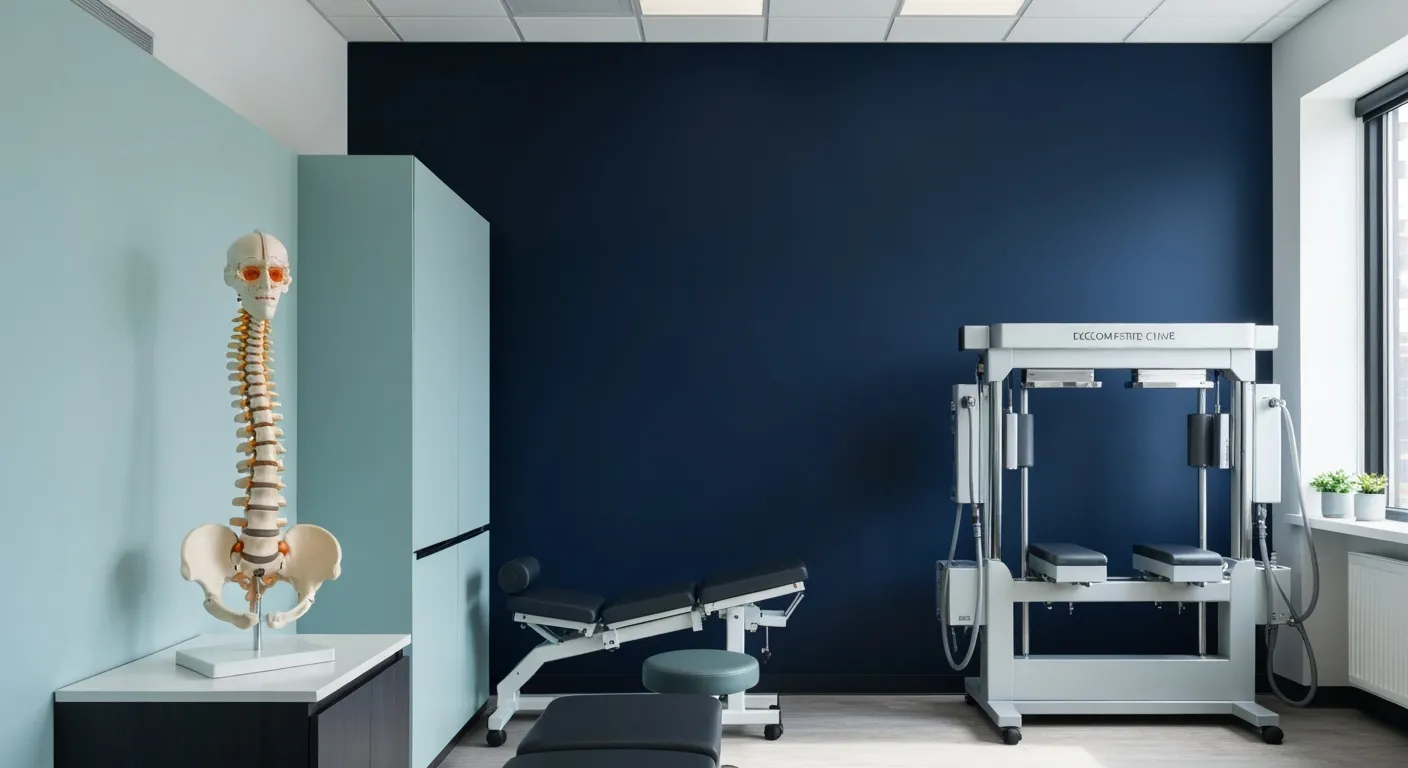
Understanding Spinal Decompression as a Treatment for Sciatica Pain
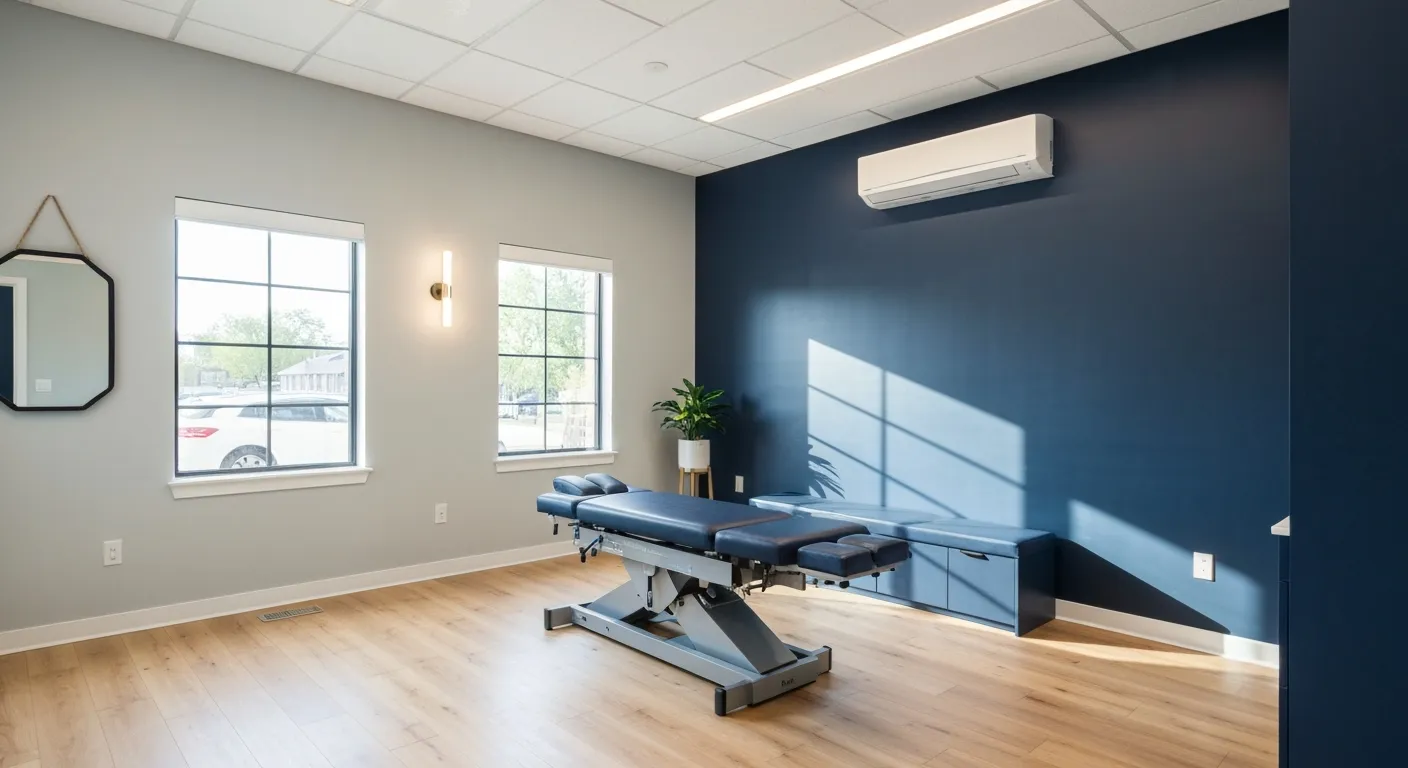
Benefits of Chiropractic Care Specifically for Back Pain Relief

Understanding Gait Analysis in Physiotherapy
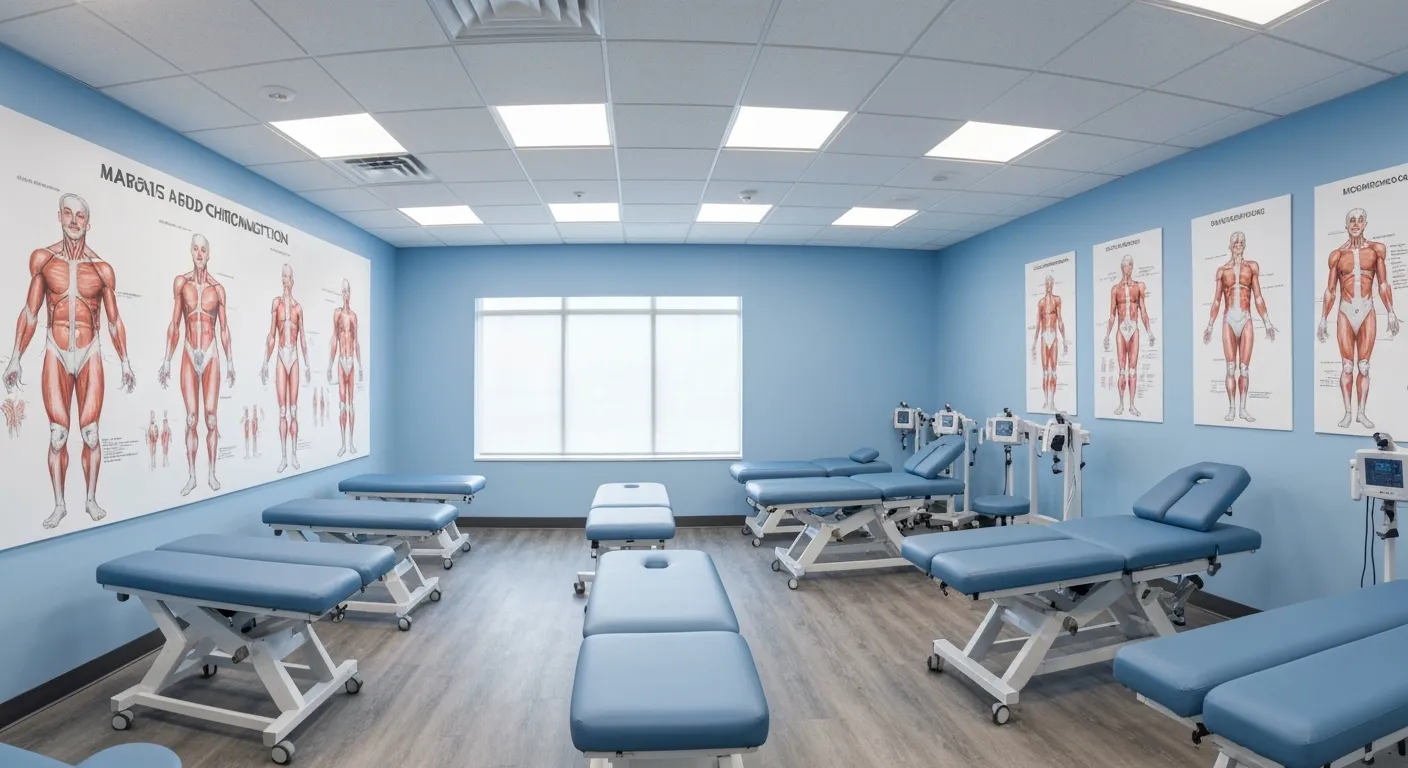
The Difference Between Muscle Soreness and Dysfunction

Workplace Stress Statistics: How Muscle Tension Impacts Productivity

How Physiotherapy Improves Mobility for Seniors

How to Communicate Pain Levels to Your Therapist Effectively
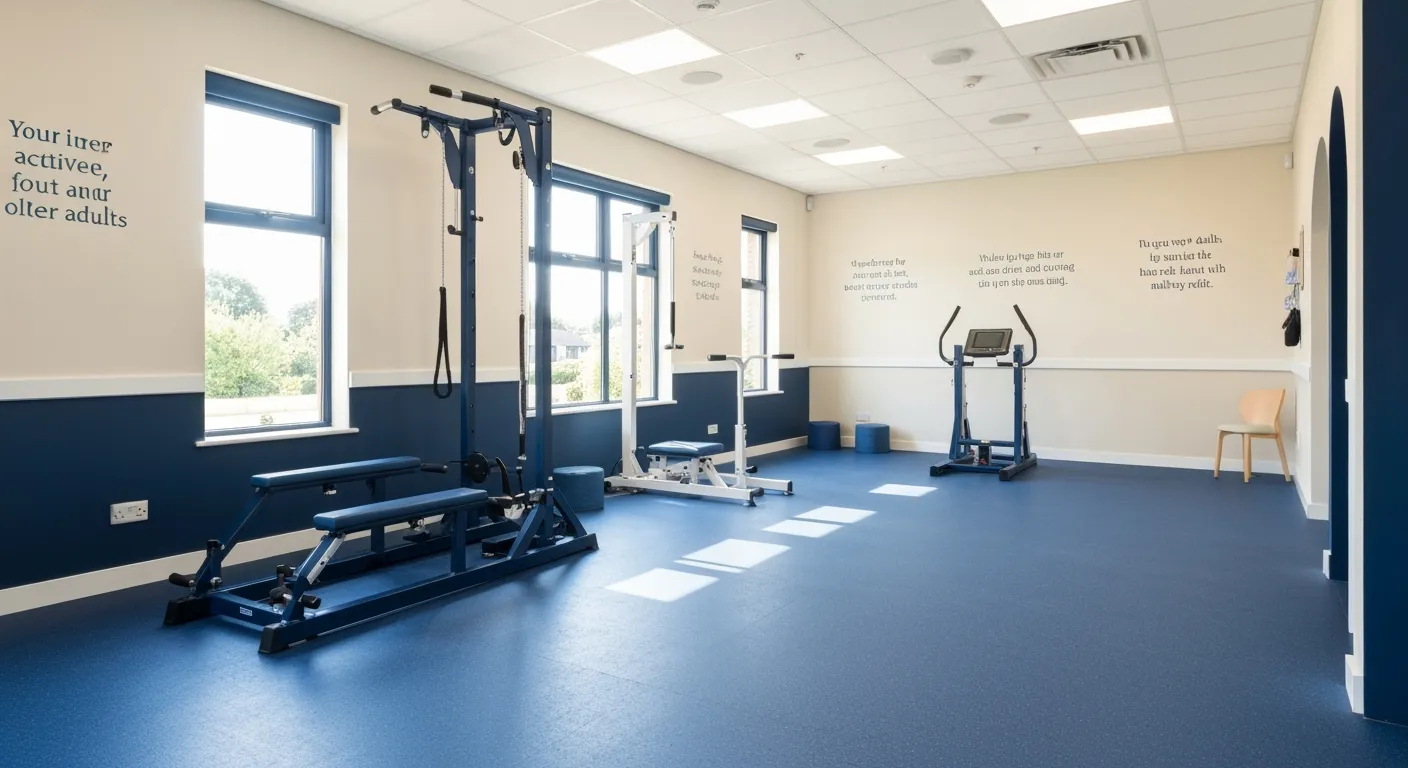
Physiotherapy Interventions for Balance and Fall Prevention

How Physiotherapy Helps Post-Surgical Recovery

